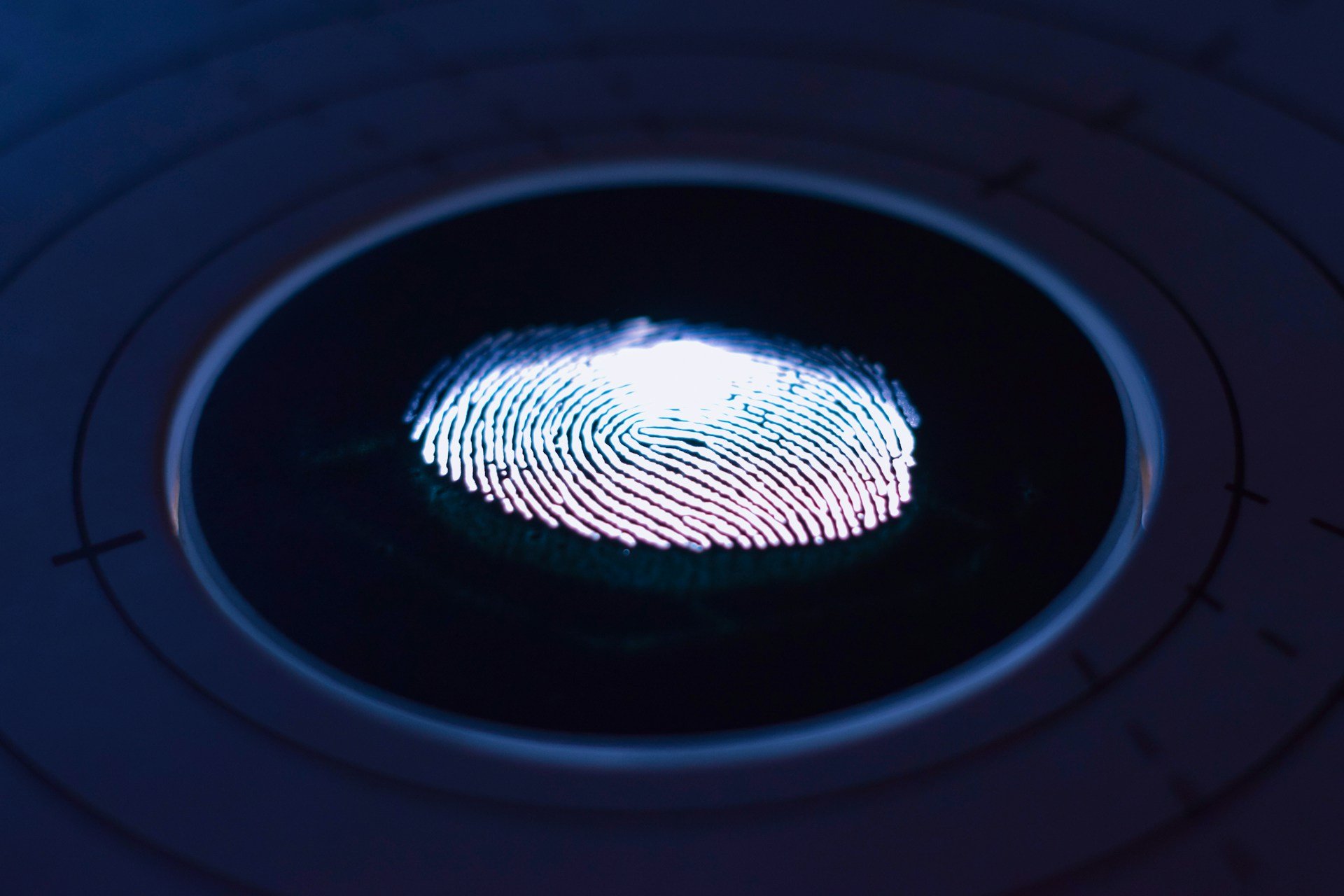A Creative Marketers' Overview of Integrated AI Applications in Digital Advertising
AI in Advertising
The Use of AI in Advertising for Optimizing Digital Ads, Including OTT Video Ads
Artificial Intelligence (AI) is revolutionizing the advertising landscape by offering advanced capabilities to optimize digital advertisements, with a particular emphasis on Over-The-Top (OTT) video ads. AI algorithms can analyze vast datasets to understand user preferences, behavior, and engagement patterns. This enables advertisers to deliver highly personalized and targeted content, ensuring that the right message reaches the right audience at the right time. In the realm of OTT video ads, AI's predictive analytics can enhance ad placements and content recommendations, creating a more seamless and engaging viewer experience.
The Impact of AI on Creative Testing Beyond Traditional A/B Testing
Beyond traditional A/B testing methodologies, AI introduces a new era of creative testing in advertising. Machine learning algorithms can dynamically assess and optimize creative elements in real-time, going beyond static A/B comparisons. AI-powered creative testing involves continuous analysis of user interactions, allowing advertisers to adapt and refine creative components dynamically. This iterative process ensures that ad creatives are not only visually appealing but also resonate effectively with the target audience. By leveraging AI for creative testing, advertisers can uncover insights that go beyond the limitations of traditional testing methods, fostering innovation and responsiveness in their advertising campaigns.
AI as a Co-Creator to Produce Ideas and Concepts Before the Campaign Goes Live
AI is emerging as a powerful co-creator in the advertising domain, playing a pivotal role in generating ideas and concepts before a campaign goes live. Through sophisticated algorithms, AI can analyze vast datasets of consumer behavior, market trends, and historical campaign performance. This data-driven approach enables AI to provide valuable insights and suggestions to human creatives, enhancing the ideation phase of advertising campaigns. By collaborating with AI as a co-creator, advertising teams can leverage the technology's ability to identify emerging trends, predict consumer preferences, and offer innovative concepts that resonate with target audiences.
Future of Creativity in Advertising
Statistics and Predictions from Accenture, Gartner, and Infosys Regarding AI Investments and Business Value
The future of creativity in advertising is closely tied to the rapid growth of AI investments, as highlighted by key statistics and predictions from industry leaders such as Accenture, Gartner, and Infosys. According to Accenture, two-thirds of organizations are planning significant investments in AI over the next year, with anticipated revenue boosts exceeding 30% in the next four years. Gartner's prediction of AI creating $3.9 trillion in business value this year underscores the transformative potential of AI in driving tangible results. Infosys complements these insights by projecting that nearly 85% of customer interactions will be managed by AI, emphasizing the pivotal role AI will play in shaping the future landscape of advertising creativity.
Examples of AI Applications in Advertising, Including Nike's Campaign and Vanguard's Personalized Ads
The future of advertising creativity is unfolding with compelling examples of AI applications. Wieden+Kennedy's collaboration with Nike showcases how AI can be a catalyst for innovative campaigns. By leveraging AI to analyze Nike's past marketing endeavors, the team generated creative ideas that led to impactful ads. Vanguard's success in personalizing ads through AI further exemplifies the transformative power of the technology. Overcoming regulatory challenges, Vanguard utilized an AI language platform to craft engaging advertising with targeted messaging, resulting in a 15% increase in conversions at scale. These examples underscore AI's ability to drive creativity and effectiveness in advertising campaigns, hinting at the transformative potential that lies ahead.
Emphasis on the Need for Creative Professionals to Leverage New Technology
As the advertising landscape evolves, there is a growing emphasis on creative professionals leveraging new technology, particularly AI, to amplify their creative processes. While AI is not set to replace human creativity, it serves as a powerful tool for enhancing and optimizing creative workflows. Creative agencies are recognizing the need to incorporate technical expertise within their teams, hiring professionals who understand AI's capabilities and its effective integration into the creative process. The collaboration between human creatives and AI is becoming a cornerstone for generating impactful and data-driven advertising campaigns. The evolving role of AI underscores the imperative for creative professionals to adapt, embrace innovation, and leverage new technologies to stay at the forefront of the dynamic advertising industry.
AI Marketing Strategy
Overview of AI Applications in Marketing Across Various Stages of the Customer Journey
AI's impact on marketing strategy is profound, spanning various stages of the customer journey. From initial customer awareness to post-purchase engagement, AI applications contribute to enhancing marketing effectiveness. In the awareness phase, AI-driven targeted advertising ensures that brands reach the right audience with personalized messages. During the consideration phase, machine learning algorithms analyze customer behavior to guide product recommendations and content, influencing purchasing decisions. In the post-purchase phase, AI-powered customer service bots provide timely and personalized assistance, fostering brand loyalty. This comprehensive overview illustrates how AI seamlessly integrates into marketing strategies, optimizing interactions at every touchpoint of the customer journey.
Categorization of Marketing AI Based on Intelligence Level and Integration
Effectively navigating the realm of marketing AI requires a nuanced understanding of its categorization based on intelligence level and integration. AI in marketing is multifaceted, encompassing both task automation and machine learning applications. Task automation involves rule-based systems handling repetitive, low-intelligence tasks, such as automated email campaigns. On the other hand, machine learning, including deep learning and neural networks, involves more sophisticated applications, such as programmatic ad buying and personalized product recommendations. Furthermore, marketing AI can exist as stand-alone applications or be seamlessly integrated into broader platforms, each offering distinct advantages. Categorizing AI in marketing based on these dimensions enables marketers to strategically deploy solutions tailored to their specific needs and objectives.
Recommendations for Marketers to Adopt a Stepped Approach and Move Towards Integrated Machine-Learning Applications
For marketers embarking on the AI journey, a strategic and stepped approach is recommended to unlock the full potential of integrated machine-learning applications. Beginning with simple rule-based applications, marketers can initiate their AI integration with stand-alone, non-customer-facing task-automation apps. These can include guiding human service agents or automating basic interactions. As proficiency in AI grows, the transition to machine learning becomes viable, with applications like personalized recommendations and dynamic content generation. The ultimate goal is the adoption of integrated machine-learning applications seamlessly embedded within existing marketing systems. This approach not only enhances marketing capabilities but also ensures continuous improvement and adaptability in an ever-evolving digital landscape.
AI’s Creative Intelligence in Advertising
AI's Impact on the Digital Advertising Industry, Especially in Ad Creativity
AI's impact on the digital advertising industry is transformative, with a focal point on revolutionizing ad creativity. As seen in the digital advertising landscape, AI has evolved beyond conventional roles in programmatic media buying and SEO optimization. Its true potential lies in reshaping every aspect of the industry, from production to insights and reporting. The deployment of AI in ad creativity was notably highlighted at the Cannes Lions International Festival of Creativity, where its influence was pervasive. The technology is adept at understanding the nuances of creative components, deciphering how they interact with media and data, and ultimately optimizing them for maximum impact.
The Importance of AI in Gathering Real Insights and Driving Consumer Attention
In the post-cookie era, where traditional methods face challenges, AI emerges as a savior for advertisers, enabling the gathering of real insights and driving consumer attention. AI's analytical prowess allows marketers to navigate the changing landscape, ensuring the delivery of relevant and targeted advertising. By understanding the intricacies of how different creative components interact and drive engagement, AI empowers digital marketers to create custom content in real time. This content is strategically designed to captivate specific audiences, maximizing attention and enhancing campaign effectiveness. AI's role in providing accurate data-driven insights becomes paramount, ensuring that campaigns are not only creative but also backed by tangible performance metrics.
Considerations for Brands in Integrating AI into Digital Advertising and the Role of a CTO with Data Science Expertise
As brands contemplate the integration of AI into their digital advertising strategies, critical considerations come to the forefront. The appointment of a Chief Technology Officer (CTO) with expertise in data science and data engineering becomes pivotal. This strategic leadership ensures that the integration of AI aligns with the broader business goals and technological infrastructure. Brands must delineate between in-house AI-driven applications and those that can be outsourced to third-party vendors. The level of investment in data science resources becomes a crucial decision point, influencing the effectiveness of AI integration. CEOs and decision-makers need a clear understanding of the benefits and risks associated with the wholesale adoption of AI, guiding the formulation of both short-term and long-term technology strategies.
At Framework Films, we bring your communications objectives to life and push creative boundaries. For more, explore our client case studies.
Our expert team delivers impact beyond content, connect with us here.









